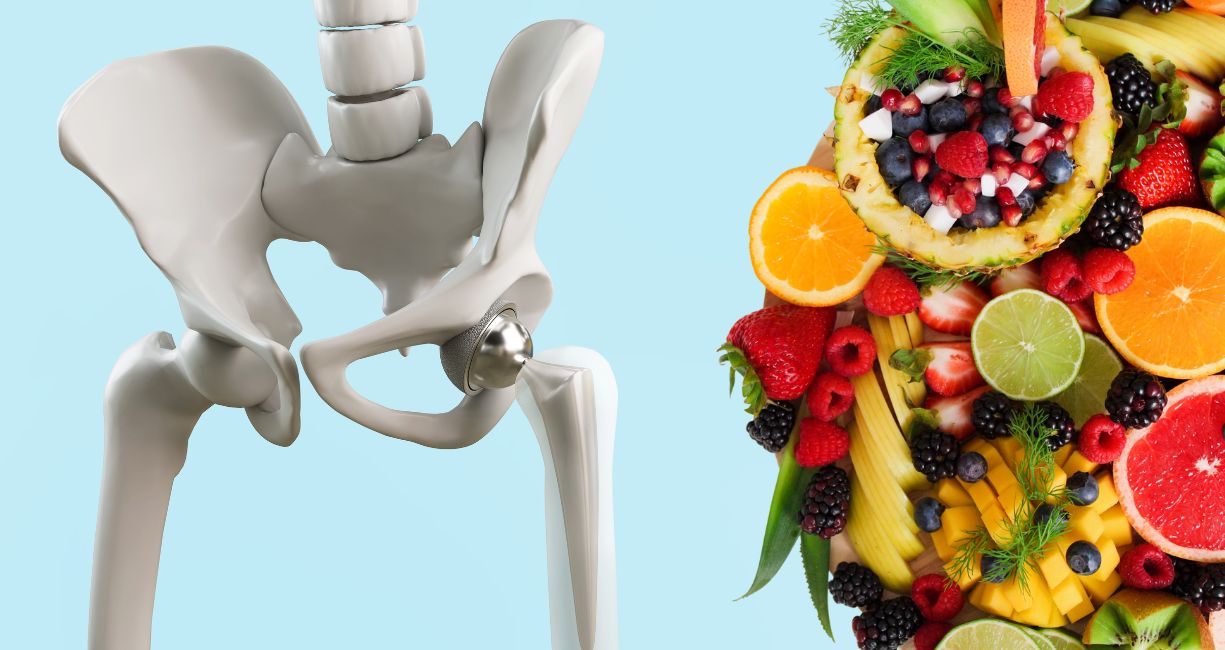
 This article discusses the importance of vitamin D and calcium for hip fracture recovery, as well as the value of adequate social support. This provides DCs with two areas to focus on when making recommendations for patients with this type of hip fracture injury.
This article discusses the importance of vitamin D and calcium for hip fracture recovery, as well as the value of adequate social support. This provides DCs with two areas to focus on when making recommendations for patients with this type of hip fracture injury.
Annual hip fracture rates are expected to double by 2050. Chiropractic care can help prevent these injuries by improving balance and hip function in older adults, thereby reducing the risk of falls. However, in cases where a fracture occurs, research suggests that providing patients with certain nutritional and social recommendations may enhance their recovery.
Key nutrients for hip fracture recovery
Several nutrients are important for bone health. Two of the most notable are vitamin D and calcium. While research has focused extensively on the importance of this vitamin and mineral for fracture prevention, a review published June 5, 2024, adds that both are also critical for recovery.
This research was published in the journal Nutrients and calls vitamin D and calcium “pivotal” to healing, making them primary factors to focus on after an injury occurs. It goes on to explain that when adequate levels of both are reached, it can improve recovery outcomes and reduce post-fracture complications.
For vitamin D, researchers recommend working toward a target serum level of 25(OH)D of 30 ng/mL. Various forms of vitamin D can help achieve this status, including D2, D3 and calcifediol supplements. Target calcium intake is 1,200 mg per day, which can be accomplished by adding calcium-rich foods to their diet, taking a supplement or a combination of the two.
Importance of social support
A different review, this one published in Health and Social Care in the Community in 2019, reports that social support is also important for hip fracture recovery. After analyzing 19 studies involving 2,503 individuals aged 65 and older, its authors found that individuals with good support had better functional recovery. They also experienced reduced mortality rates.
Social factors assessed included the size of participants’ social network, level of engagement in social activities and whether they had others they could go to for help. Increased social support, including emotional support, was associated with improvements in physical functional recovery.
Additionally, subjects who were less social before the fracture had a greater risk of dying prematurely after the injury. Socioeconomic status also appears to play a role, impacting individuals’ recovery, mortality risk and other outcomes, such as pain levels and the ability to live independently.
Role of chiropractic in nutrition and social support
Chiropractic Economics’ 2024 annual survey revealed that 42% of practitioners offer nutrition services. Providing products and recommendations for vitamin D and calcium intake specific to hip fracture recovery can be beneficial for patients with this type of injury.
For DCs not providing nutrition services, sharing these recommendations with patients provides them with the information needed to improve their recovery. Talk to them about adding more foods to their diet that supply vitamin D (fatty fish, eggs and cheese) and calcium (yogurt, milk and cheese). Discuss the value of supplements for closing nutritional gaps.
Also, discuss the importance of social support for hip fracture recovery. Ask whether they have a network of individuals they socialize with regularly or can call on if they need assistance. If they don’t, connect them with local resources that can help them build and grow a strong social network.
County-level health and human services departments often have a list of resources. The Administration for Community Living also provides an online search for local resources through its eldercare locator. Just enter the patient’s zip code or city and state and it will provide a list of agencies available to support older adults in their area.
Final thoughts on hip fracture recovery
Recovering from a hip fracture can be challenging for older adults, but providing nutritional and social recommendations can help these patients better recover. It may even improve their longevity, making it an important addition to their chiropractic treatment plan.
